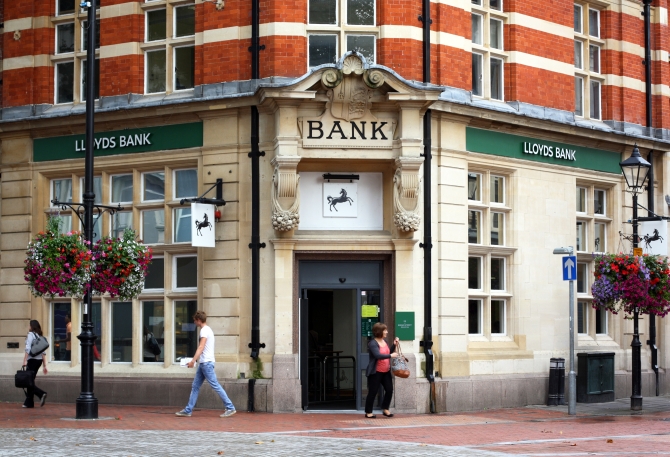Lloyds Bank has confirmed that it will close a net 150 branches over the next three years. Although the high street banking chain has not yet revealed which branches are due to close it has revealed that the first wave will occur primarily in urban centres.

However, this does not mean customers in rural areas will have their local services safeguarded as it went on to state its pledge to keep open “the last branch in town” will no longer apply.
In total, the banking chain will close 200 existing outlets but will open 50 new branches in areas currently without a local banking service, bringing the net closure total to 150. This is around 7 per cent of its existing network of 2,250 branches.
Unfortunately, although new openings will play a part in the strategy, the closures will inevitably lead to high numbers of job losses. Lloyds estimates that around 9,000 employees will be made redundant, taking the total number of job losses within the chain to above 50,000 since 2008.
As Lloyds own both the Halifax and Bank of Scotland brands, it is not known at this point what proportion of closures will affect its subsidiaries. However, it is expected that the upcoming £1 billion investment in digital technology, also to be split over the next three years, will benefit customers of all aspects of the Lloyds Banking Group.
Some may think that the sudden decision to close a large number of branches, and to leave many thousands of workers redundant, is a sign that Lloyds Bank is once more struggling to cope with the aftermath of the recession. Yet according to its latest trading update, the group recorded a pre-tax profit of £1.61 billion for the nine months to the 30th of September, whilst underlying profits climbed by an impressive 35 per cent.
Group chief executive Antonio Horta-Osorio explains that the new strategy is simply a progression of Lloyds’ long term development.
He says; “Over the last three years the successful delivery of our strategy has ensured that we have become a safe, highly efficient, UK focused retail and commercial bank.
“The next phase of our strategy will use these strong foundations as a basis for meeting the rapidly changing needs of our customers, and sets out how we will grow the business in a way that will deliver increasing and sustainable returns for our shareholders.”
At present, Lloyds Bank is 25 per cent owned by the Treasury following a bail-out by the taxpayer six years ago.
Do you think Lloyds will face a backlash for reneging on its pledge to keep “the last branch in town” open?
Previous Post
Gulf Related and Al Tayer Group announce deal to take Macy’s and Bloomingdales to Abu Dhabi